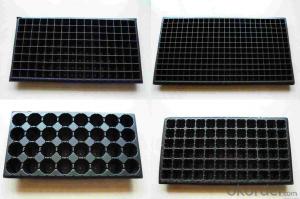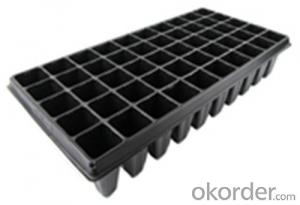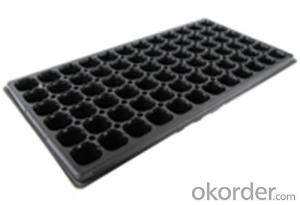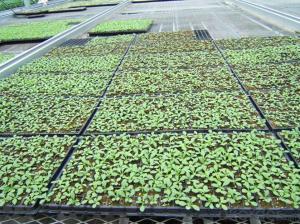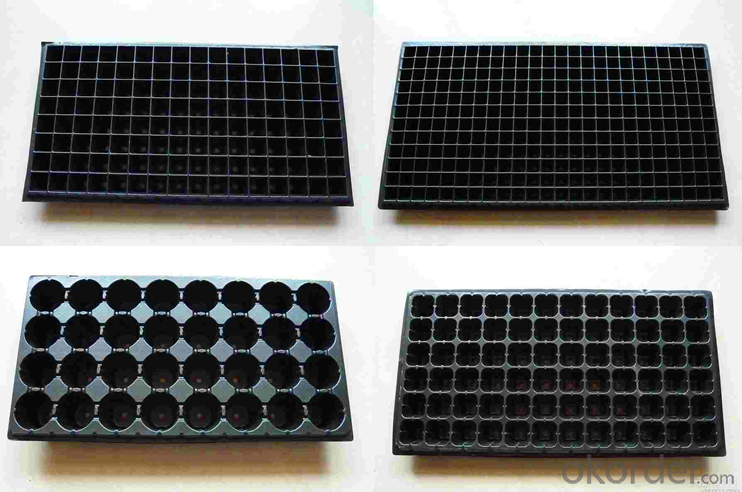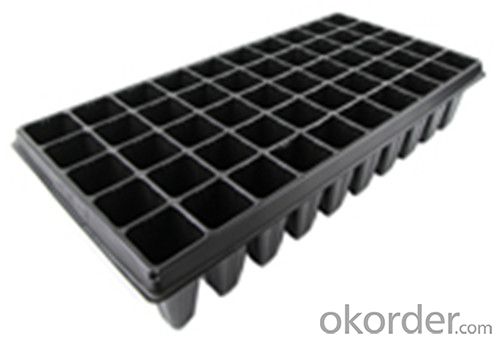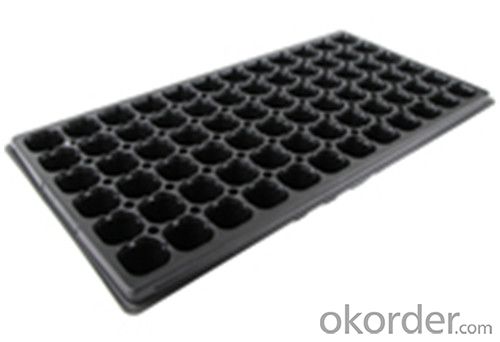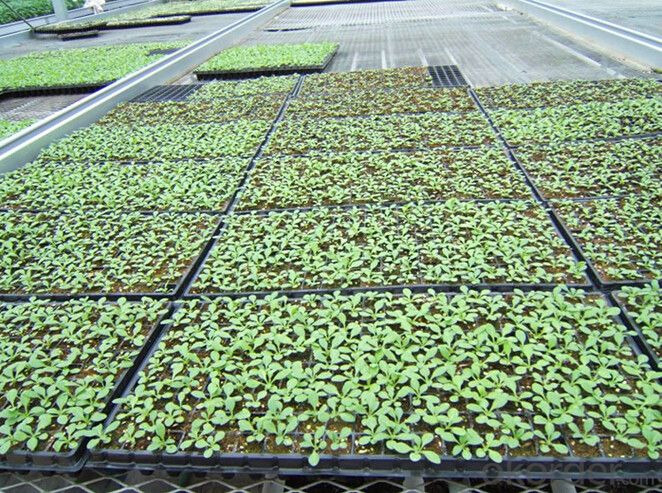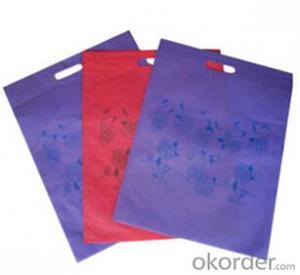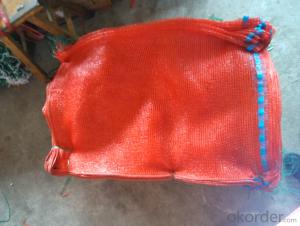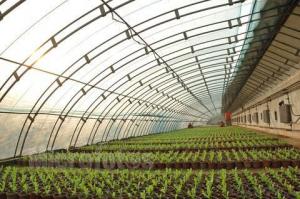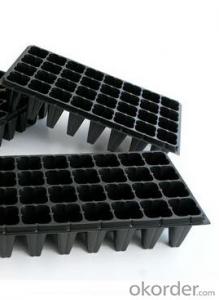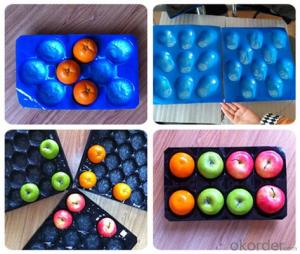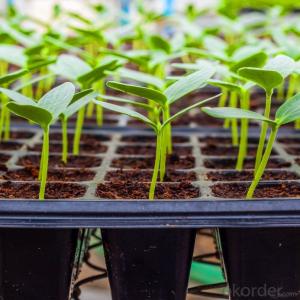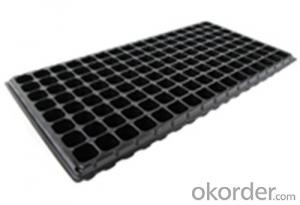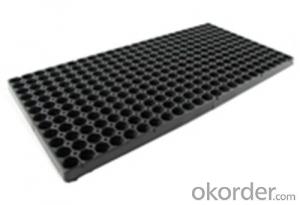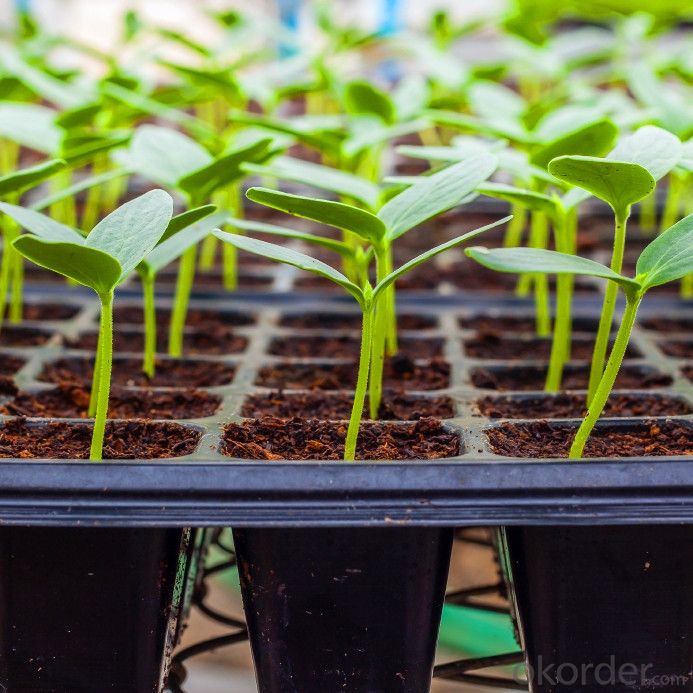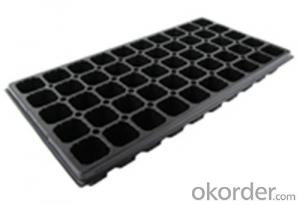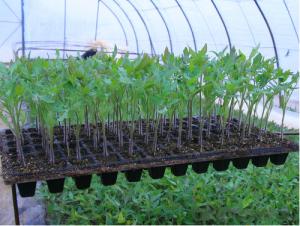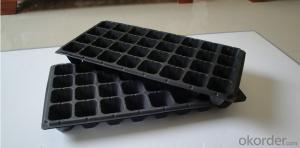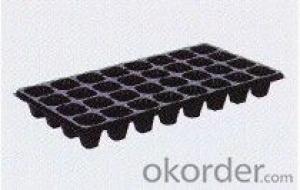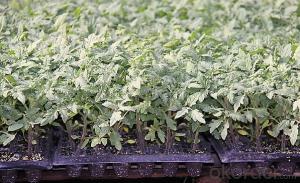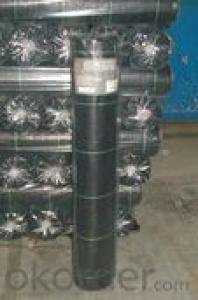seedling planting plastic seeding tray for greenhouse
- Loading Port:
- China main port
- Payment Terms:
- TT OR LC
- Min Order Qty:
- 1000 pc
- Supply Capability:
- 10000000 pc/month
OKorder Service Pledge
OKorder Financial Service
You Might Also Like
Structure of the seed tray: · Top quality and competitive price. · Variety design and good appearance. · Easy to use, and remove. · Durable and reusable. · Eco-Friendly.
Advantages: · Top quality and competitive price. · Variety design and good appearance. · Easy to use, and remove. · Durable and reusable. · Eco-Friendly.
Application: · Ideal for Starting seeds and Transplanting Seedling. · Suitable for both manual and automatic planting. · Suitable for Propagating Vegetables, Flowers and other plant from seed · in green-house or indoors.
Description Main Features of the seed tray: · Ideal for Starting seeds and Transplanting Seedling. · Suitable for both manual and automatic planting. · Suitable for Propagating Vegetables, Flowers and other plant from seed in green-house or indoors. Using time: · thickness of 0.5mm can be used 1 to 2 times. · thickness of 0.6mm can be used 3 to 4 times. · thickness of 0.7mm can be used 5 to 6 times. · thickness of 0.8mm can be used 7 to 8 times. · thickness of 0.9mm can be used 8 to 9 times. · thickness of 1.0mm can be used 8 to 10 times. Thickness vs. Weight: · Thickness of trays are from 0.5mm to 1.0mm. · 1.0mm: 155g±5g; 100pcs/ctn. · 0.9mm: 140g±5g; 120pcs/ctn. · 0.7mm: 110g±5g; 150pcs/ctn. · 0.6mm: 95g±5g; 180pcs/ctn. · 0.5mm: 80g±5g; 200pcs/ctn.
Seed Tray Specification: Materialps/pvcThickness0.5mm-1.5mm, standard:1mmWeight80g(±5)g-230g(±5)g, Standard weight:155g(±5)gSizelength:490mm-540mm, width:190mm-345mm,depth:25mm-150mm Standard:54mmX28mmCell count18-512Packagein cartonUsing time8-10 times
FAQ: Q:How Can I Get A Sample? A:You can get samples by communicate with our export sales. Q:How Long Is Delivery? A:Delivery time will be 7-25 days according to order quantity. Q:What Is The MOQ? A:Our MOQ is 1*20FT container quantity, allow to mix several items. Q:What Is Our Normal Payments Terms? A:Our normal payment terms now is T/T, L/C or Western Union,Papal. Q:How Do I Order Your Products? A:You can check our website for any items you interest and you can also get communication with our export sales and order for it accordingly. Q:What Kinds Of Material We Use In Our Product? A:Our plastic flower pots use material such as PP polymer or PE polymer.
|
- Q: Are agricultural plastic products resistant to pests and insects?
- No, agricultural plastic products are not inherently resistant to pests and insects. However, certain types of agricultural plastics, such as insect netting or greenhouse films with added insect-repelling properties, can help prevent pests and insects from damaging crops. Additionally, proper maintenance and pest management practices are essential to minimize pest infestation in agricultural settings.
- Q: How do you make paint stick to plastic?
- complicated factor. query on to google and yahoo. this could help!
- Q: What are the advantages of using ground cover instead of grass?
- There are several advantages of using ground cover instead of grass. Firstly, ground covers require less water compared to grass, making them more environmentally friendly and cost-effective. Secondly, ground covers tend to suppress weed growth, reducing the need for herbicides and manual weeding. Additionally, ground covers provide better erosion control, preventing soil erosion and preserving the landscape. Lastly, ground covers often require less maintenance, saving time and effort in mowing and fertilizing.
- Q: Explain how the use of agricultural plastic products can lead to a reduction in the application of pesticides and fertilizers.
- <p>Agricultural plastic products, such as mulch films and greenhouses, can reduce the use of pesticides and fertilizers by creating a controlled environment that minimizes the need for these chemicals. Mulch films can suppress weed growth, reducing the need for herbicides. They also help retain soil moisture, reducing water loss and the need for additional irrigation, which in turn can decrease the leaching of fertilizers. Greenhouses can protect crops from pests and diseases, reducing the need for pesticides. Additionally, they allow for precise control of nutrient application, leading to more efficient use of fertilizers and less runoff. Overall, these plastic products can enhance crop yields while reducing chemical inputs, promoting sustainable agriculture.</p>
- Q: Can ground cover plants be used to prevent soil compaction?
- Yes, ground cover plants can be used to prevent soil compaction. These plants help protect the soil by acting as a natural barrier against heavy rainfall, foot traffic, and other factors that can lead to compaction. Their root systems help improve soil structure and increase water infiltration, reducing the risk of compaction. Additionally, ground cover plants also provide shade, which helps maintain moisture levels in the soil and prevent drying out.
- Q: Are agricultural plastic products used in precision agriculture?
- Yes, agricultural plastic products are commonly used in precision agriculture. These products serve various purposes such as protecting crops from pests and harsh weather conditions, improving irrigation techniques, and enhancing overall crop yields. The use of plastic mulch, greenhouse films, and drip irrigation systems are examples of how agricultural plastic products contribute to the precision agriculture approach, which focuses on optimizing crop production and minimizing resource waste.
- Q: What is the best ground cover for a tropical garden?
- The best ground cover for a tropical garden would be a combination of plants like moss, ferns, and creeping vines, as they can thrive in the humid and shady conditions typically found in tropical climates. These plants not only provide a lush and green carpet-like appearance but also help retain moisture, prevent soil erosion, and create a cool and inviting atmosphere.
- Q: Can nursery trays be used for ferns?
- Yes, nursery trays can be used for ferns. Ferns are commonly grown in nursery trays as they provide a suitable environment for their growth and development. The trays allow for proper drainage and aeration, which are essential for ferns to thrive. Additionally, nursery trays make it easier to control the moisture levels and prevent overwatering, which can be harmful to ferns.
- Q: Can ground cover be used to create a colorful landscape?
- Yes, ground cover can definitely be used to create a colorful landscape. There are various types of ground cover plants available in a wide range of colors, from vibrant flowers to colorful foliage. By carefully selecting and arranging these plants, one can create a visually appealing and colorful landscape that adds beauty and interest to the overall design.
- Q: Do nursery trays come with a humidity control system?
- No, nursery trays typically do not come with a built-in humidity control system.
Send your message to us
seedling planting plastic seeding tray for greenhouse
- Loading Port:
- China main port
- Payment Terms:
- TT OR LC
- Min Order Qty:
- 1000 pc
- Supply Capability:
- 10000000 pc/month
OKorder Service Pledge
OKorder Financial Service
Similar products
Hot products
Hot Searches
Related keywords
